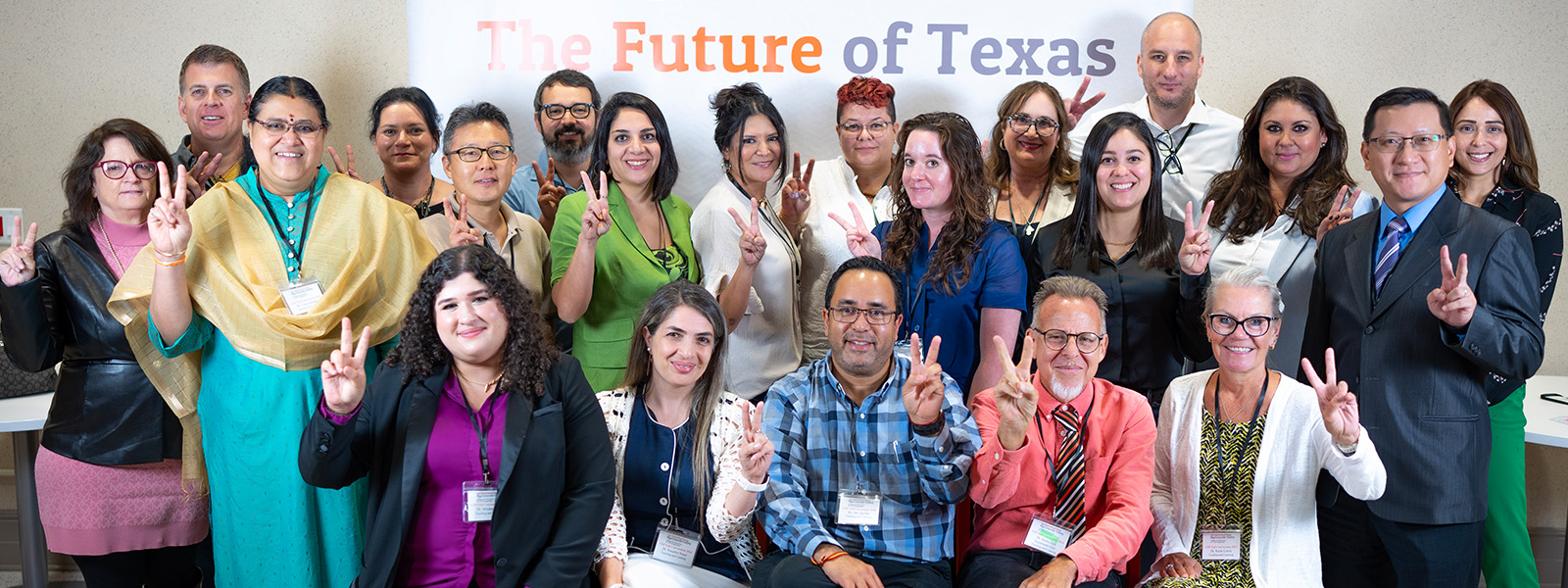
Teaching and Learning Faculty Publications and Presentations
Why Students Learn More From Dialogue- Than Monologue-Videos: Analyses of Peer Interactions
Document Type
Article
Publication Date
2017
Abstract
In 2 separate studies, we found that college-age students learned more when they collaboratively watched tutorial dialogue-videos than lecture-style monologue-videos. In fact, they can learn as well as the tutees in the dialogue-videos. These results replicate similar findings in the literature showing the advantage of dialogue-videos even when observers watched them individually. However, having the observing students watch collaboratively as dyads provided data to carry out in-depth analyses of their conversations and activities in order to understand why dialogue-videos are superior to monologue-videos. Toward that goal, transcripts of video dialogues and monologues, as well as peer-to-peer conversations of the observing students collected in a prior study, were analyzed using the ICAP (interactive, constructive, active, passive) framework as a lens. Three sets of analyses were carried out. The 1st set focused on the content of the videos in terms of the tutors’ and the tutees’ moves. The 2nd set focused on the activities and behaviors of the collaboratively observing dyads. The 3rd set focused on the role of the tutees in the dialogue-videos in eliciting constructive and interactive engagement from the observing students. Our analyses suggest that dialogue-videos naturally elicited more constructive and interactive engagement behaviors from the observers than the monologue-videos, which in turn mediated the observers’ own learning.
Recommended Citation
Chi, M. T. H., Kang, S., & Yaghmourian, D. L. (2016). Why Students Learn More From Dialogue- Than Monologue-Videos: Analyses of Peer Interactions. Journal of the Learning Sciences, 26(1), 10–50. https://doi.org/10.1080/10508406.2016.1204546
Publication Title
Journal of the Learning Sciences
DOI
https://doi.org/10.1080/10508406.2016.1204546


Comments
Copyright © Taylor & Francis Group, LLC.